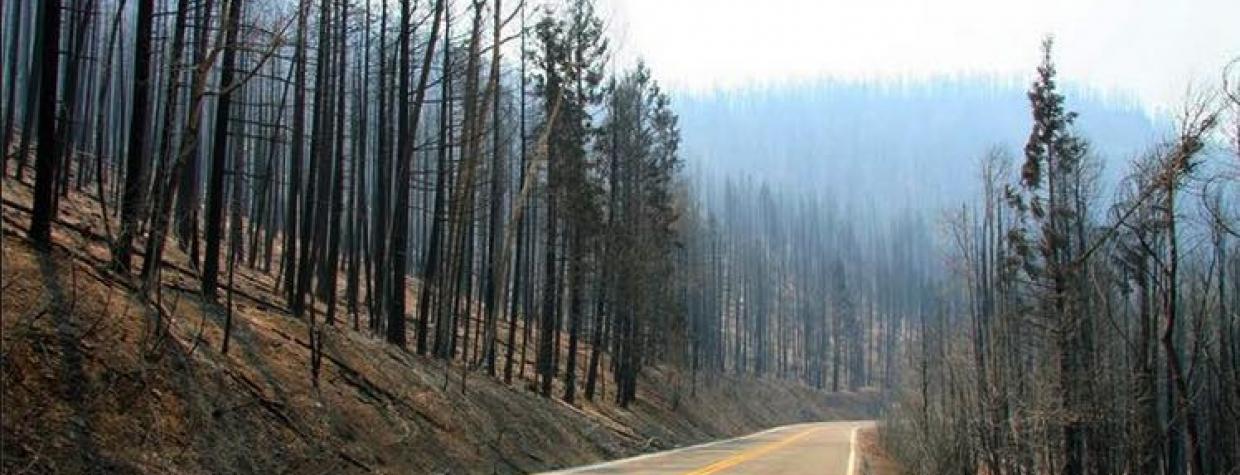This Sunday, May 29, marks an unfortunate anniversary — five years since the start of the largest wildfire in Arizona's recorded history.
The Wallow Fire burned more than a half-million acres in Eastern Arizona in May, June and July of 2011. And though the debate about factors that contributed to the fire's severity continues, there's no doubt about how the blaze got started. As our managing editor, Kelly Vaughn, wrote in A Burning Issue in the June 2012 issue of Arizona Highways:
Caleb Joshua Malboeuf and his cousin, David Wayne Malboeuf, trekked into the Bear Wallow Wilderness on May 28, 2011. After cooking dinner over their ringed campfire, according to a federal criminal complaint, they allowed the fire to burn out on its own and went to sleep. The following morning, the cousins lit a new campfire and cooked breakfast. After several hours — and believing that the campfire was out — the Malboeufs went on a hike, leaving their two dogs and all of their camping equipment behind.
"They stated that they believed their campfire was out because David threw a candy wrapper in the fire just prior to their departure and it did not melt," the criminal complaint reads.
A few hours later, the men returned to a wall of smoke and fire.
The fire devastated the Apache-Sitgreaves National Forests and threatened the towns of Alpine, Greer, Eagar and Springerville. Its smoke plumes were clearly visible from space. It cost an estimated $109 million to contain. And it could easily have been prevented.
With managed fires already burning this year along Interstate 17 between Phoenix and Flagstaff, perhaps better forest management will help prevent another nightmare like Wallow. But Arizona residents and visitors still must do their part to prevent wildfires. Here's how:
- If your campground has a fire pit or grill, use it. If there is not an existing fire pit, and pits are allowed, look for a site that is at least 15 feet away from tent walls, shrubs, trees or other flammable objects. Also beware of low-hanging branches overhead.
- Keep fires small and under control. Make sure children and pets are supervised near the fire, and never leave it unattended. Don't put aerosol cans, pressurized containers or glass in the fire.
- When putting out a fire, allow the wood to burn completely to ash. Pour water over the fire, dousing all embers. Stir campfire ashes and embers with a shovel. Scrape sticks and logs to remove any embers. Stir the ash pile to ensure that it's wet and cold to the touch. If you don't have water, use dirt, and mix it with embers until the pile is cool. Don't simply bury the fire; it may smolder and catch roots ablaze.
Let's all do our part to keep Arizona's forests safe and prevent a repeat of the summer of 2011.

